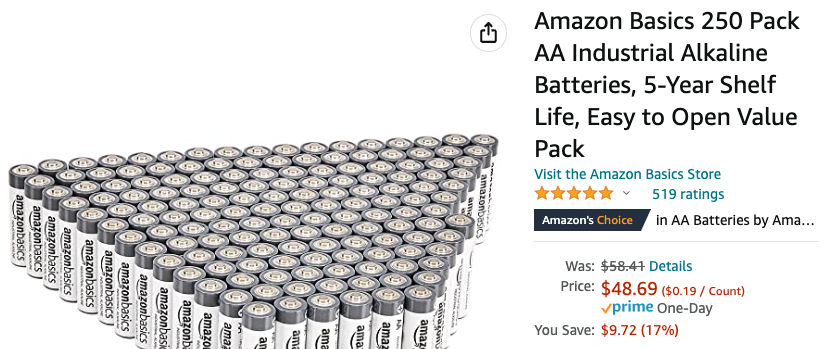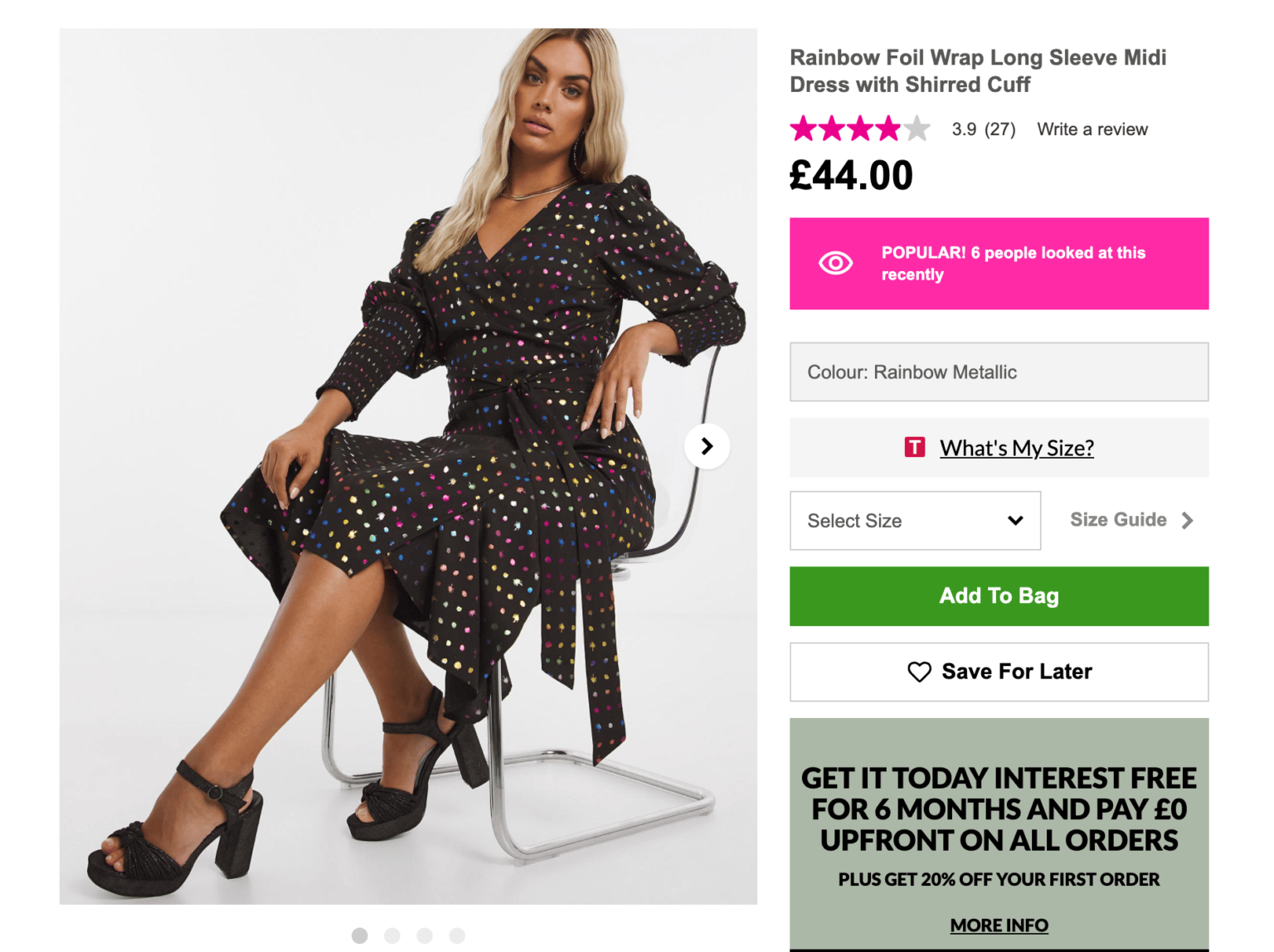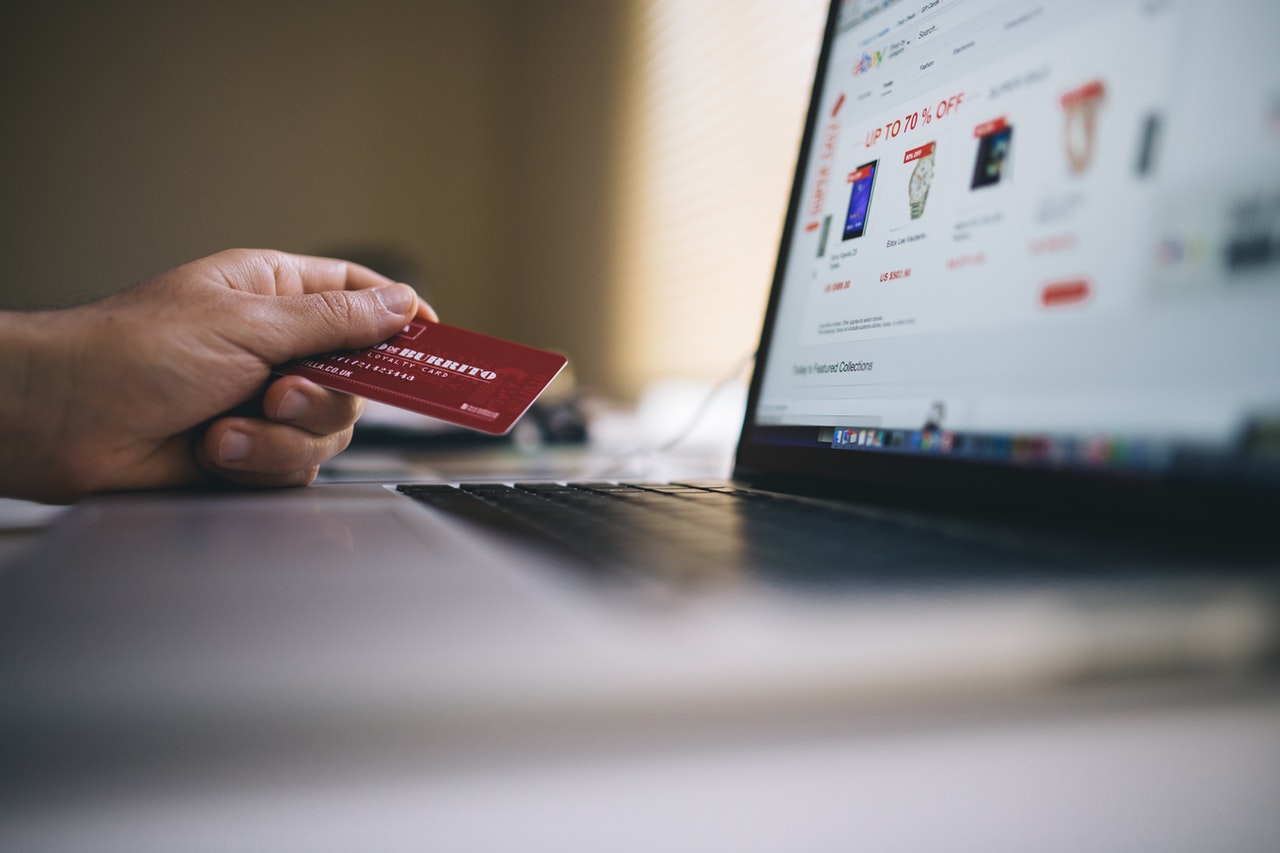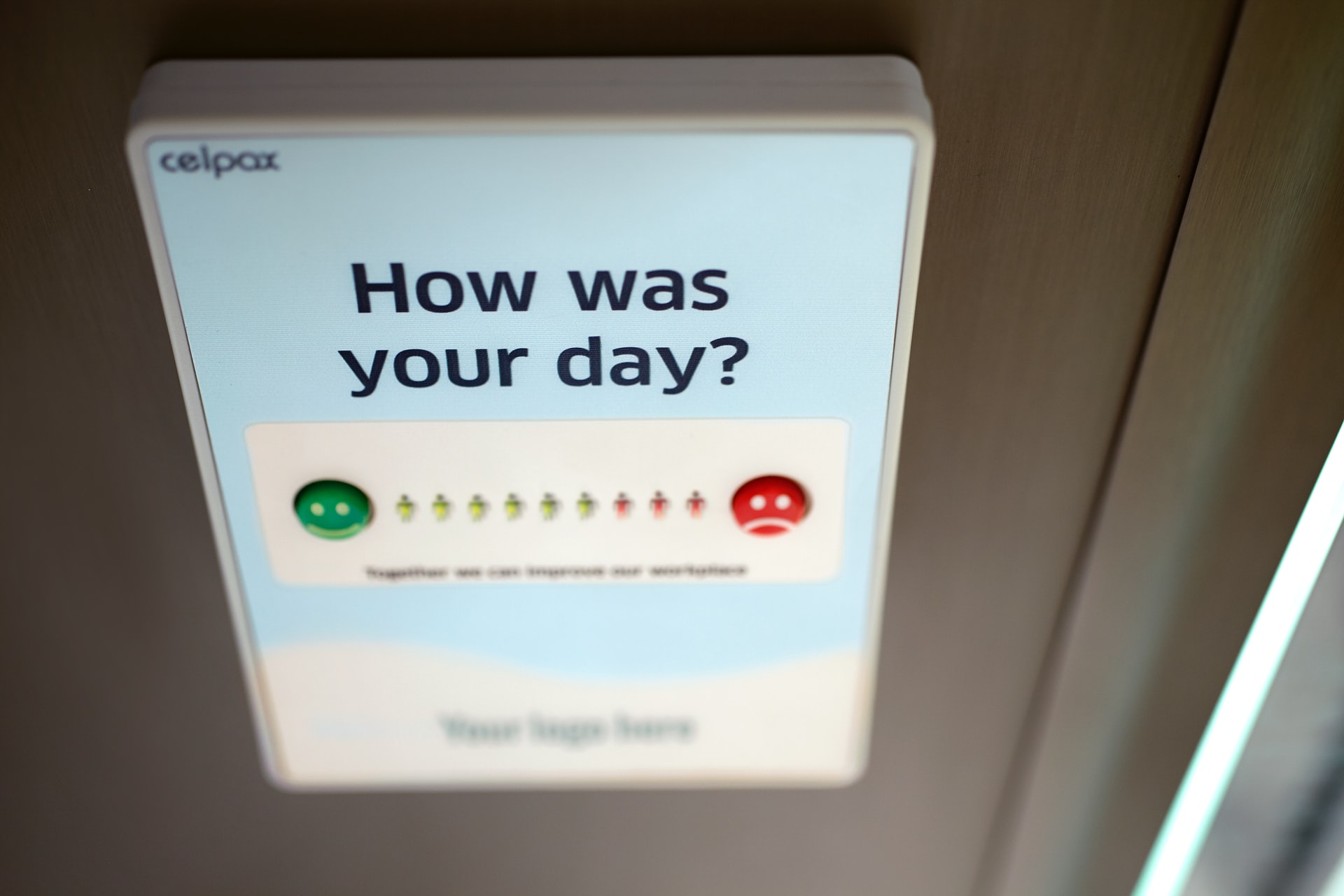Psychology plays a critical role in purchasing decisions. In fact, Harvard researchers believe that 95% of purchasing decisions happen in the subconscious mind! While brick-and-mortar retailers exploit these findings with store layouts and special offers, e-commerce retailers can be even more granular when using these psychological "hacks."
Let's explore five psychology-driven design hacks that you can use to improve your e-commerce conversion rates.
Psychology plays a central role in purchasing decisions—are you exploiting these tendencies to maximize conversions? Share on X#1. Offer Artificial Discounts
Suppose that you walk into a store and see a jacket for $300. Then, a few minutes later, you come across another coat for $100. You would probably perceive the second jacket as "cheap" even if the average jacket costs just $50. This "anchoring bias" occurs because we often rely too much on pre-existing information when making decisions.

Amazon anchors the price at $58.41 and shows you savings. Source: Amazon
Many e-commerce websites exploit anchoring bias by "discounting" products from an artificially high starting price. As consumers, we anchor to the original price and view the discounted price as a fantastic deal—even if the actual price was artificially high. You can see examples of this behavior on Amazon.com and other e-commerce shops.
#2. Capitalize on Scarcity
The rise of Bored Apes and other NFTs makes it abundantly clear that scarcity remains a primal part of our psychology. But, of course, the scarcity principle has been known for a long time. As far back as 1975, researchers demonstrated that people rate items scarce in supply as more desirable than those in abundant supply.
There are several ways to apply scarcity to e-commerce:
- Display a countdown timer with your shipping cutoff times.
- Display your stock inventory and recent orders.
- Create regular sales that expire on a specific date.
- Introduce a collectible or limited-release version of a product.
#3. Make Smarter Recommendations
Many e-commerce websites try to upsell consumers on related products or accessories before they checkout. While upselling products is an excellent idea in its own right, there are a couple of strategies that you can use to really level up these efforts and improve conversions and average order values over time.
Two conversion-maximizing strategies to try include:
- Offer free shipping. Offer free shipping if consumers have a high enough order value to incentivize them to add more products to their cart. You can even design these related products to be near the price necessary for free shipping to maximize conversions.
- Offer a middle product. Consumers struggling to choose between two products (e.g., a high and low-end model) are likely to select a middle-ground product if given the option. Related products sections or product comparisons can highlight these options.
#4. Use Color to Your Advantage
Colors have taken on meanings throughout human history: Orange skies inspire optimism, green plants signal growth, bright colors are cheerful, and dark colors are more mysterious. Given that these feelings are innate to our psychology, companies can exploit them to help consumers feel specific ways, such as being reassured or ready to take action.
Several studies have shown that red buttons can increase conversion rates. For example, Dmix found that red buttons increased conversion by 34% among 600 test subjects, while Hubspot found red buttons outperformed green buttons by 21% among 2,000 visitors. As a result, consider using a red call-to-action to improve conversions.
In addition to red, blue is often used to inspire trust and reassure customers, making it a popular option for logos and color schemes. For instance, the LogoFactory estimates that 35% of Fortune 500 brands have blue logos. These brands include Chase Bank, IBM, Facebook, Ford, American Express, Intel, Boeing, and countless others.
#5. Highlight Social Proof
Influencer marketing is one of the fastest-growing subsets of the advertising industry. In fact, influencer spending has grown from just $1.7 billion in 2016 to more than $16 billion in 2022, outpacing most other forms of online advertising in terms of growth. Consumers are increasingly looking for trusted referrals before making a purchase.

Taggstar shows how many people viewed a product recently. Source: Taggstar
You can leverage the same principles of social proof using various e-commerce tools. For example, some widgets show purchases in real-time with names and locations. Other tools show testimonials or Twitter mentions for products. Showing visitors currently on the page can also merge social proof with scarcity for max conversions!
The Bottom Line
Psychology plays a central role in brick-and-mortar and e-commerce stores. By keeping these simple techniques in mind, you can improve your conversion rates and average order values. And fortunately, it’s becoming easier than ever to implement these capabilities with plugins for Shopify, WooCommerce, and other popular e-commerce platforms.
Of course, these are just a handful of strategies that you can use to improve conversion rates. You may also want to consider offering high-definition imagery, writing easily-scannable scannable copy, optimizing for mobile, cutting down on loading times, and taking other actions to increase the likelihood that a visitor will turn into a customer.
If you're developing an e-commerce store or need help implementing these technologies, Sharkbyte can help you from start to finish with a hands-off approach or through team augmentation. We are a high-touch custom software development agency focused on business outcomes with a presence in Canada and the United States.
Contact us today to discuss your project and how we can help!



